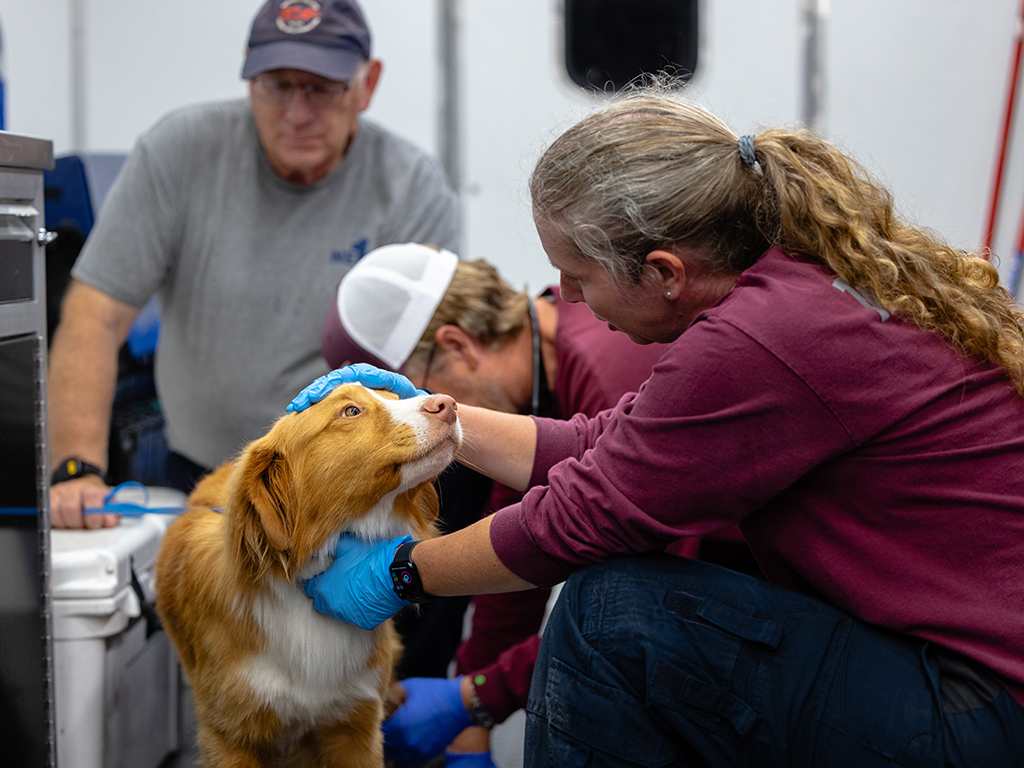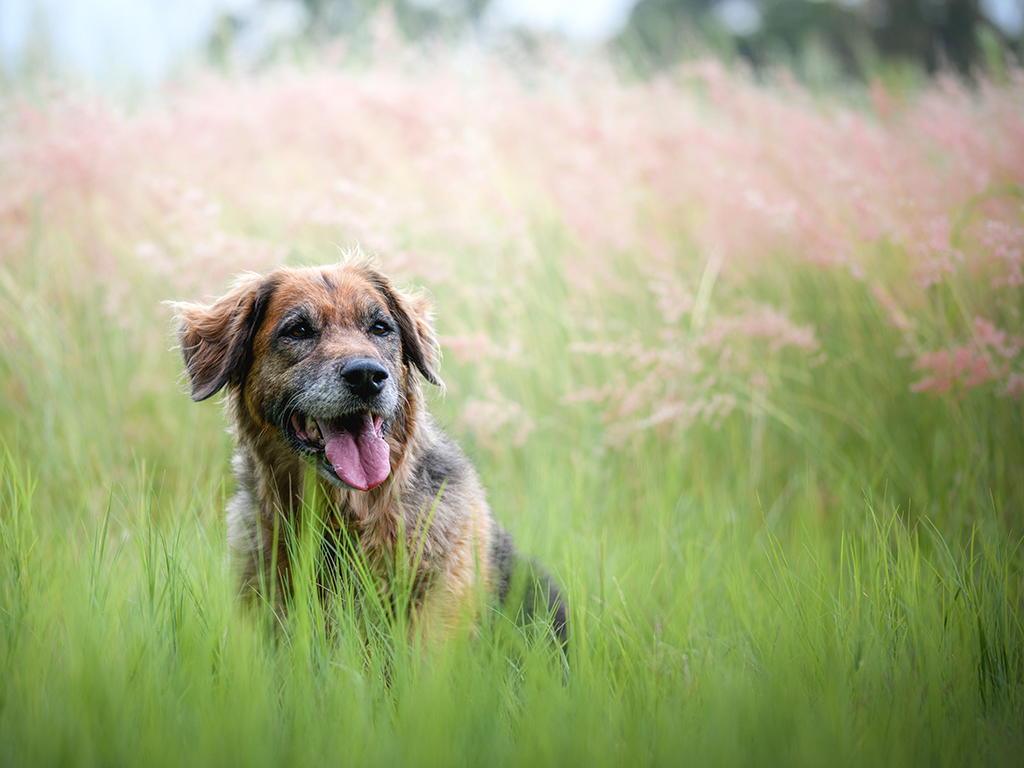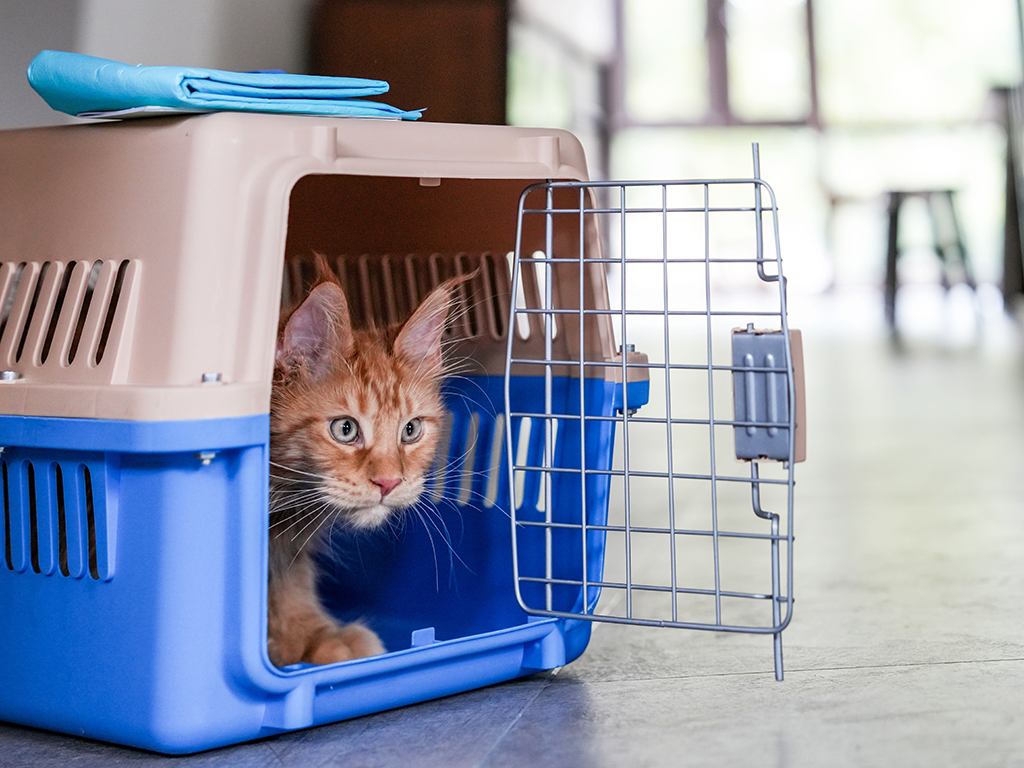Bulldogs: Beneath the Wrinkles

Bulldogs, with their trademark wrinkled faces and charming personalities, are among the top 10 most beloved dog breeds in the United States, according to the American Kennel Club. Yet, bulldogs also come with some special health challenges that potential and current owners should be aware of to provide their dogs with the best life possible.
Dr. Erin Ray, a clinical assistant professor at the Texas A&M College of Veterinary Medicine & Biomedical Sciences, shares insights into bulldog health and how owners can help their pets overcome the challenges faced by this beloved breed.
Respiratory Challenges
One of the defining features of bulldogs is their short, squished noses — a charming trait that, unfortunately, contributes to Brachycephalic Obstructive Airway Syndrome (BOAS). This condition restricts airflow and makes it harder for bulldogs to breathe, especially during physical activity.
BOAS is also linked to bulldogs’ narrow nostrils, a long soft palate that can block the windpipe, tissue folds in the throat that can limit airflow, and a smaller-than-usual windpipe. While these traits contribute to their loved appearance, they can make even simple activities a struggle for these dogs.
To help manage these challenges, early surgical interventions, such as widening the nostrils or reducing excess tissue in the roof of the mouth, can significantly improve bulldogs’ breathing and prevent severe respiratory complications. Beyond surgical options, keeping bulldogs cool and carefully monitoring their activity levels is essential.
“Exercise is important, but these breeds are prone to overheating,” Ray said. “It’s best to walk them during cooler parts of the day and avoid humid conditions. Short play sessions indoors or in shallow water are safe exercise alternatives.”
Owners should watch for warning signs of respiratory distress, such as heavy panting, stretching their necks to breathe easier, or, in severe cases, fainting or developing a bluish tint to their skin or gums.
“These are signs of airway issues that are important for owners to recognize,” Ray said. “If any of these symptoms appear, a veterinarian should be consulted.”
Skin Sensitivities
Most bulldogs — including French bulldogs, English bulldogs, and Bullmastiffs — are prone to allergic skin diseases, which require attentive care.
Their characteristic skin folds tend to trap moisture and germs, often leading to irritation, inflammation, and infections. Additionally, their short coats provide less protection, leaving them more vulnerable to allergens and irritants.
These skin sensitivities often extend to their ears, also increasing the risk of chronic ear infections.
To help prevent these issues, owners should regularly clean both skin folds and ears as well as monitor for redness or odors. These consistent cleaning routines may occasionally be supplemented with prescribed treatments to maintain healthy skin and ears, when necessary.
Bulldogs also face an increased risk of certain skin cancers, such as mast cell tumors, though veterinarians are not entirely sure why. These tumors affect the blood cells responsible for inflammation and allergic response and typically form raised masses on the skin, but they can also affect internal areas of the body, potentially causing severe digestive symptoms, such as vomiting, diarrhea, and abdominal discomfort.
Additional Health Concerns
Dental care is vital for bulldogs because of their unique mouth structure. Typically having an underbite and tightly spaced teeth, they’re prone to plaque buildup and gum issues. Regular dental care, including cleanings and dental-friendly toys, can maintain their oral health and prevent complications.
Eye health is another important area for bulldogs and similar breeds.
“Some bulldogs — such as French bulldogs and English bulldogs — are at risk of a prolapsed third eyelid, where the tear gland becomes red and inflamed,” Ray said. “Many are also prone to glaucoma, a condition of increased eye pressure that, if untreated, may lead to vision loss.”
Bullmastiffs, on the other hand, are commonly affected by entropion, a condition where the eyelids roll inward, irritating the eyes. In severe cases, surgical correction may be necessary.
For all of these conditions, it’s important that owners watch out for eye abnormalities and seek veterinary care as soon as they are noticed.
Finally, bulldogs’ unique body structure and genetics put them at high risk for joint issues. These dogs’ compact, muscular build; relatively short legs; and wide stance, while adored, place extra stress on their joints, especially as they age or gain weight.
Over time, the cartilage in their joints may wear down more quickly, making them susceptible to arthritis and other joint problems, leading to pain and reduced mobility.
While bulldogs’ strong appetites and lack of pickiness makes them prone to obesity, maintaining a healthy weight is important for relieving pressure on their chest and joints.
“I highly recommend working closely with a veterinarian to ensure the appropriate food is being fed at the correct amount,” Ray said. “A general practice veterinarian or veterinarian nutritionist can create a safe weight management or weight loss plan appropriate for your pet.”
The Bulldog Spirit
Part of what makes bulldogs so adored is their affectionate and easygoing nature. Though typically low-energy, they are persistent and occasionally a bit stubborn, a trait that often makes them even more endearing.
This blend of loyalty, loving stubbornness, and laid-back charm is what makes bulldogs special. For those willing to invest in their care, bulldogs offer a lifetime of love and companionship in return.
Pet Talk is a service of the College of Veterinary Medicine & Biomedical Sciences, Texas A&M University. Stories can be viewed on the web at vetmed.tamu.edu/news/pet-talk. Suggestions for future topics may be directed to vmbs-editor@tamu.edu.
You May Also Like








